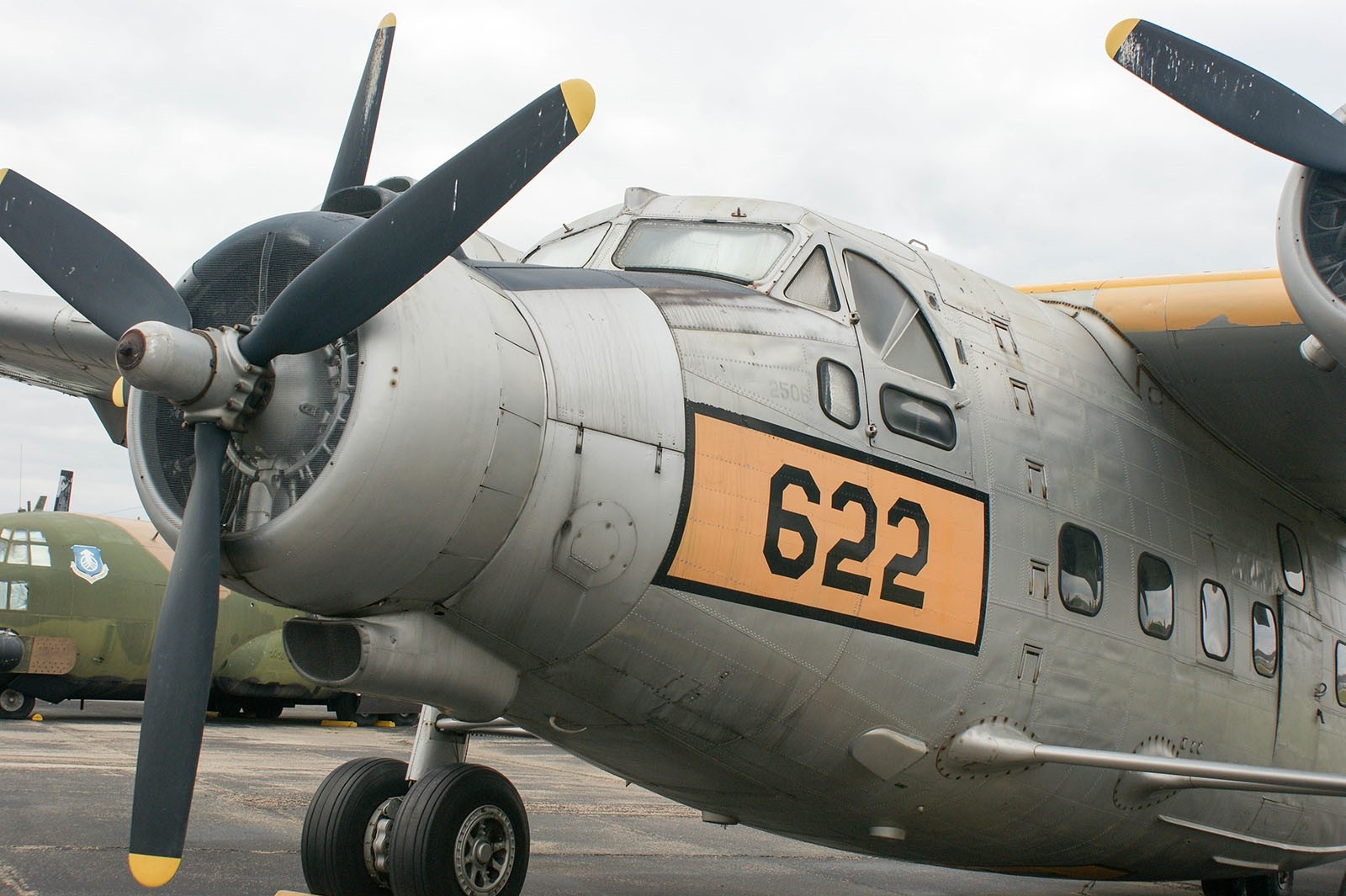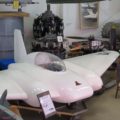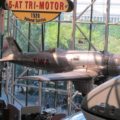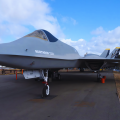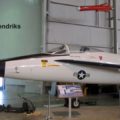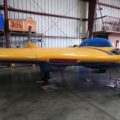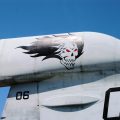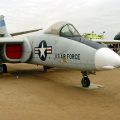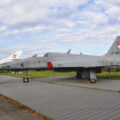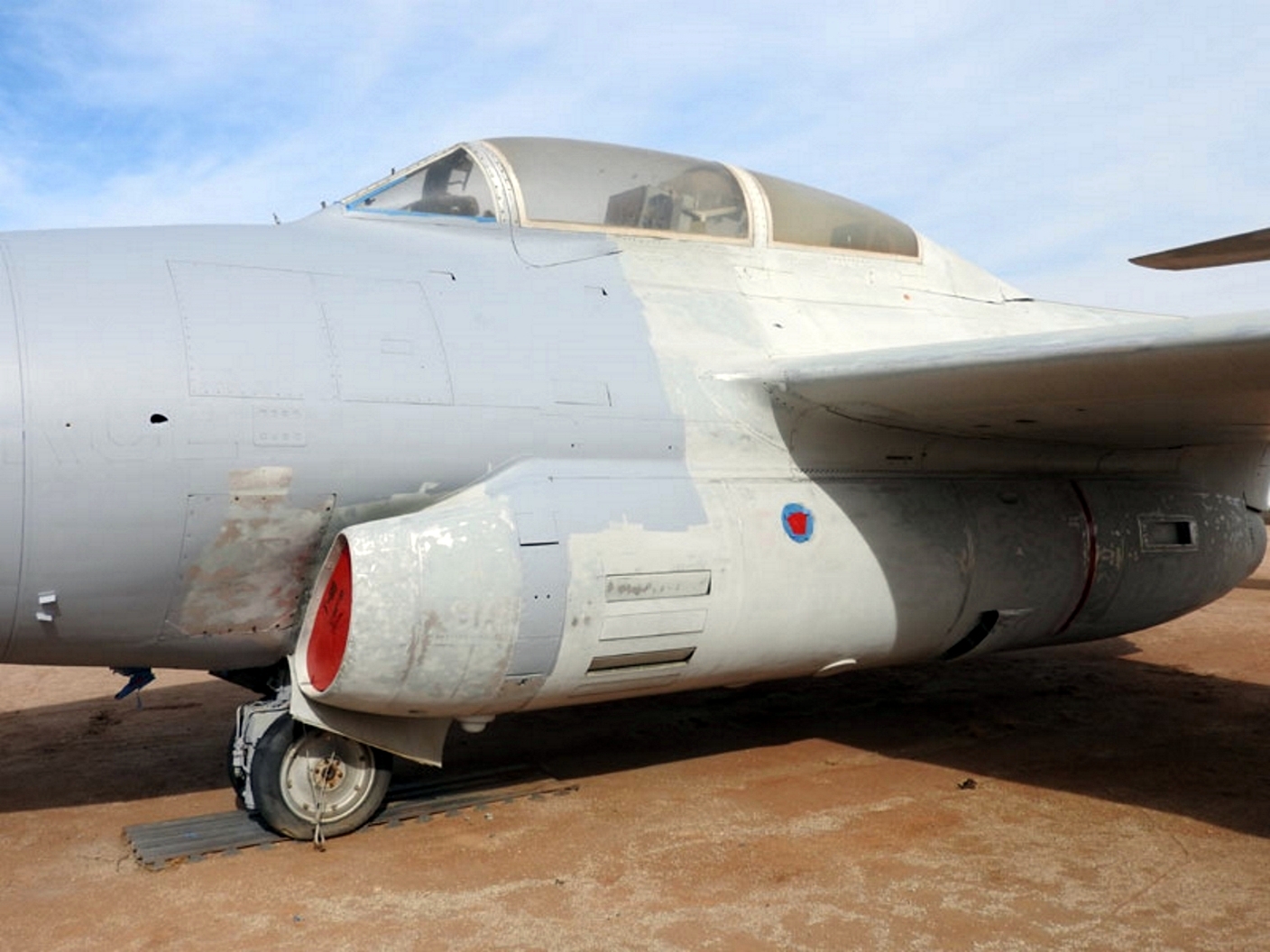
Northrop F-89 Scorpion | |
|---|---|
| Land | Usa |
| Role | Interceptor |
| Eerste vlucht | 116 augustus 1948 |
| Gebouwd | 1050 |
De Northrop F-89 Schorpioen was een Amerikaanse all-weather interceptor gebouwd tijdens de jaren 1950, het eerste straalaangedreven vliegtuig dat vanaf het begin als zodanig werd ontworpen om in dienst te komen. Hoewel zijn rechte vleugels zijn prestaties beperkten, was het een van de eerste straaljagers van de Amerikaanse luchtmacht (USAF) uitgerust met geleide raketten en met name het eerste gevechtsvliegtuig bewapend met lucht-lucht kernwapens (de ongeleide Genie-raket).
| Northrop F-89J Scorpion Walk Around | |
|---|---|
| Fotografen | Cees Hendriks |
| Lokalisatie | Onbewust |
| Foto 's | 85 |
Gerelateerde kits:
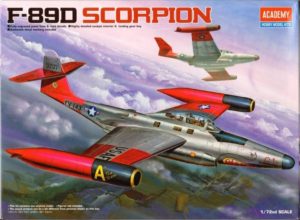
| Northrop F-89J-NO Scorpion Walk Around | |
|---|---|
| Fotografen | Vladimir Yakubov |
| Lokalisatie | Onbewust |
| Foto 's | 65 |
Kits zoeken op eBay:
De Northrop F-89 Scorpion was een tweemotorig, all-weather interceptorvliegtuig dat diende bij de United States Air Force van 1951 tot 1969. Het was ontworpen om de continentale Verenigde Staten te verdedigen tegen Sovjet-bommenwerperaanvallen tijdens de Koude Oorlog. De F-89 was de eerste straaljager uitgerust met een lucht-lucht kernwapen, de ongeleide Genie-raket.
The F-89 had a distinctive appearance, with a large, slender fuselage and a long-span wing that swept back sharply at the tips. The cockpit was located in the nose, and housed a pilot and a radar operator. The engines were mounted in pods under the wings, and each pod had a large intake in front and an exhaust nozzle at the rear. The tail section consisted of a single vertical stabilizer and two horizontal stabilizers that angled downward.
The F-89 was armed with six 20 mm cannons in the nose, and could carry up to 16 rockets or missiles on wingtip pods or underwing pylons. The most notable weapon was the Genie, a 1.5 kiloton nuclear warhead that could destroy several enemy bombers in a single blast. The F-89 was the only aircraft to fire a live Genie, during Operation Plumbbob in 1957.
The F-89 entered service in 1951, and was initially plagued by technical problems and accidents. It was gradually improved and upgraded, and became a reliable and effective interceptor. It was deployed at various air defense bases across the United States and Canada, and participated in several exercises and alerts. The F-89 was also exported to Canada, where it served as the Royal Canadian Air Force’s primary interceptor until 1962.
The F-89 was retired from active duty in 1969, after being replaced by newer and faster interceptors such as the F-101 Voodoo and the F-106 Delta Dart. Some F-89s were converted into target drones or used for testing purposes. A total of 1,050 F-89s were built, of which about 350 were lost in accidents or combat. Today, several F-89s are preserved in museums or displayed as gate guardians.
Bekeken : 2130

